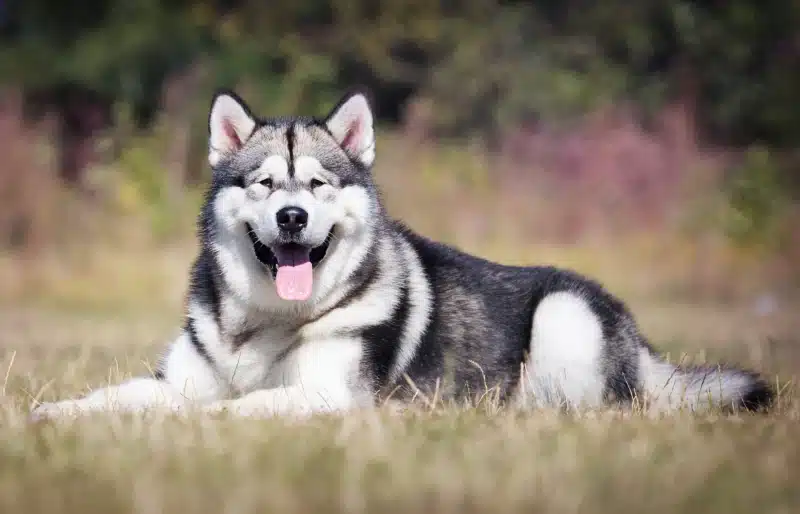During the Yukon Gold Rush, men depended on strong tough dogs to haul their supplies. And there was no dog more suited for that job than the native Alaskan Malamute. A single Alaskan Malamute has been known to pull more than 2,600 pounds of freight for a short distance over snow. So get your mush on!
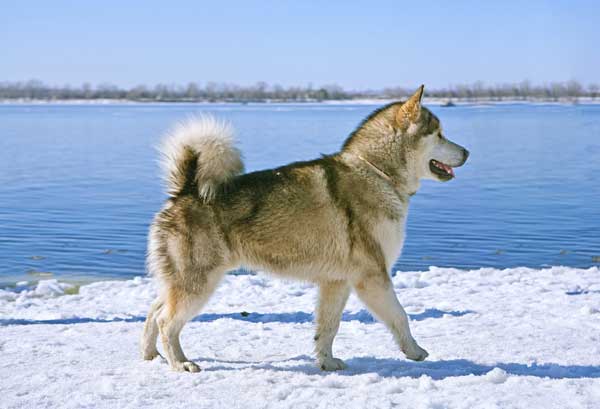
Read more interesting things about the Malamute
- The Alaskan Malamute may be confused with the Siberian Husky, but the Malamute is larger, tends to carry his tail higher, never has blue eyes, and is not commonly seen in colors other than gray shading to white. He may also be confused with the Akita, but the Malamute is longer bodied, has a less tightly curled tail, and, again, is not commonly seen in colors other than gray shading to white. He may also be confused with the German Shepherd, but the Malamute is taller, shorter in body, heavier boned, and, once again, not commonly seen in colors other than gray shading to white.
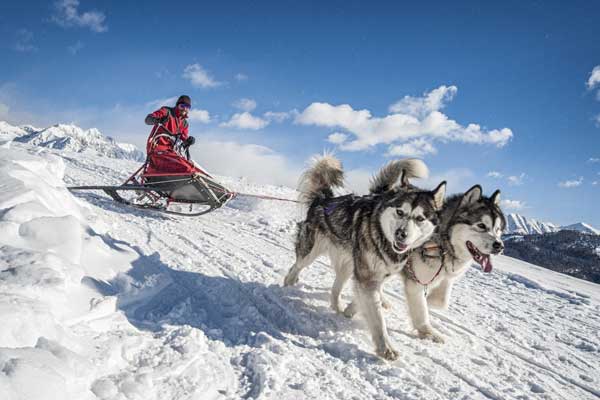
- The Malamute is a member of the Spitz family, which have in common curled tails, small pricked ears, and stand-off fur, all of which help stave off cold.
- DNA studies show Malamutes are one of the most ancient breeds. They were developed in Alaska to hunt seals and polar bears and to haul heavy loads.
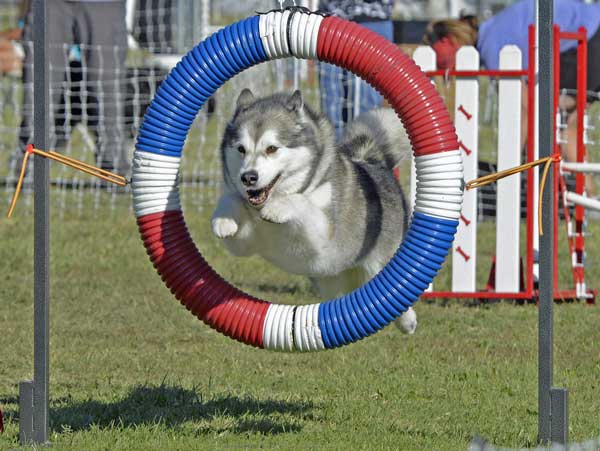
- First known as Mahlmuts, from “Mahle” (Inuit tribe name) and “mut” (dog).
- During the Alaskan Gold Rush, interbreeding with other dogs almost caused the breed’s extinction. It was rescued in the 1920s by a New England dog sledding breeder. The fact that the DNA data came from modern Malamutes supports that these dogs go back to the original Mals or at least to other equally ancient sled dogs.
- Mals participated in Admiral Byrd’s 1933 trek to the South Pole.
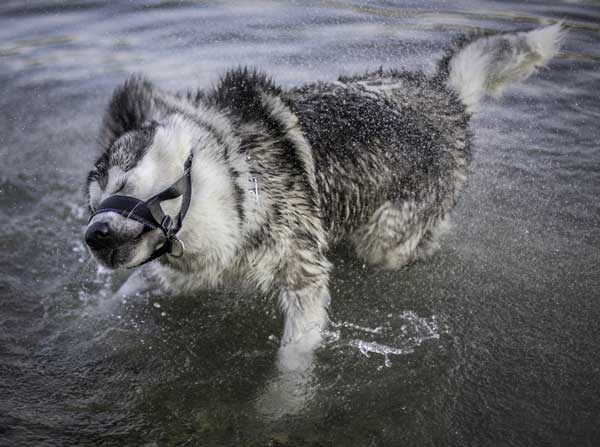
- Mals served in World War II as freight haulers, pack animals, and search and rescue dogs, primarily in Greenland. After WWII, the numbers were down to only about 30 registered Mals, so the stud book was reopened to allow new unregistered stock in.
- They seldom bark, more often making a series of woo-woo-woos. Many howl.
- Malamutes are not usually used for sled racing because their forte is strength, not speed. They are the breed of choice for freighting or for long-distance hauling.
- In 1994, the US Postal Service issued a four AKC centennial stamps honoring purebred dogs of America. One of the four breeds was an Alaskan Malamute.
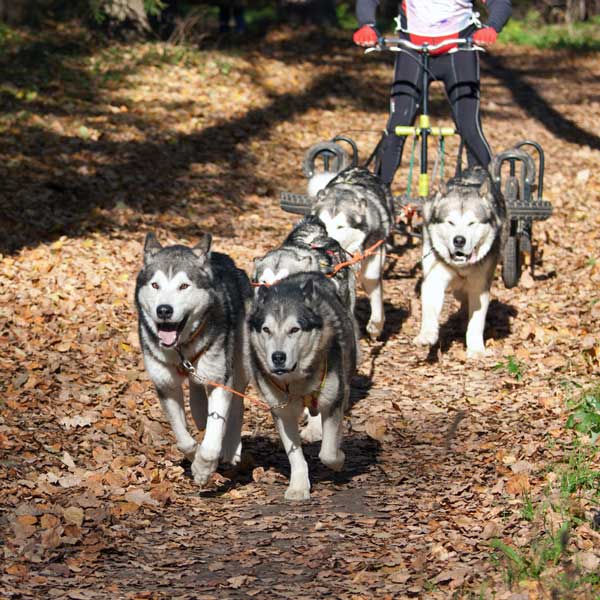
- The Alaskan Malamute was named the State Dog of Alaska in 2010.
- The Star Wars character Chewbacca was inspired by George Lucas’ Alaskan Malamute, Indiana — who also inspired the name for Indiana Jones. In the movie Indiana Jones and the Last Crusade, Indiana Jones’ childhood home is shown complete with a Malamute!
- The Alaskan Malamute has been shown at the Westminster dog show since 1936 but only one has won the Working group, in 1998.
- A Malamute named Costello (Champion Nanuke’s Snoklassic No Boundaries) won Best in Show at the 2006 AKC Invitational dog show, along with $80,000 in prize money.
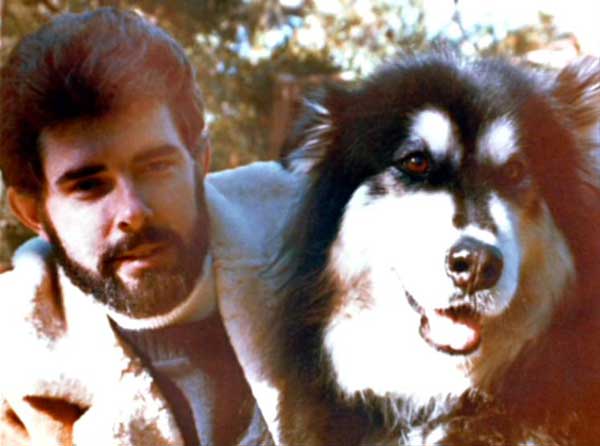
- The top winning AKC show Malamute of all time is Champion Nanuke’s Take No Prisoners, who won 75 Best in Shows.
- A Malamute starred as Yukon King in the TV series of that name. Two Malamutes were in the movie Eight Below. Malamutes are main characters in Mal owner Susan Conant’s dog mysteries.
- The Malamute is currently the 57th most popular AKC breed — just where he was a decade ago!
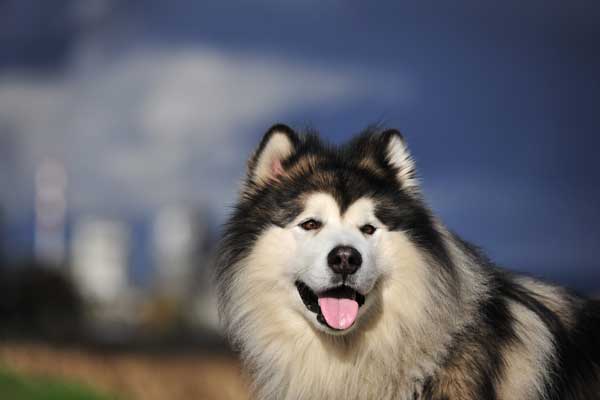
- Owners include Herbert Hoover, George Lucas, Robin Williams, Vida Blue, Steve McQueen, Dom Deluise, Melissa Gilbert, Cheryl Ladd, Daniel Pinkwater, Lowell Thomas, Judy Collins, and John Elway.
Do you own a Malamute? Have you spent time with one? Let’s hear what you think about this fascinating breed in the comments! And if you have a favorite breed you’d like us to write about, let us know that, too!
Read more breed profiles:
- Get to Know the Boykin Spaniel: South Carolina’s State Dog
- Get to Know the Berger Picard: Not as Mixed Up as He Looks!
- Get to Know the English Springer Spaniel: The Country Squire
Featured Image Credit: Happy monkey, Shutterstock

